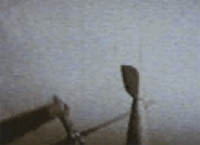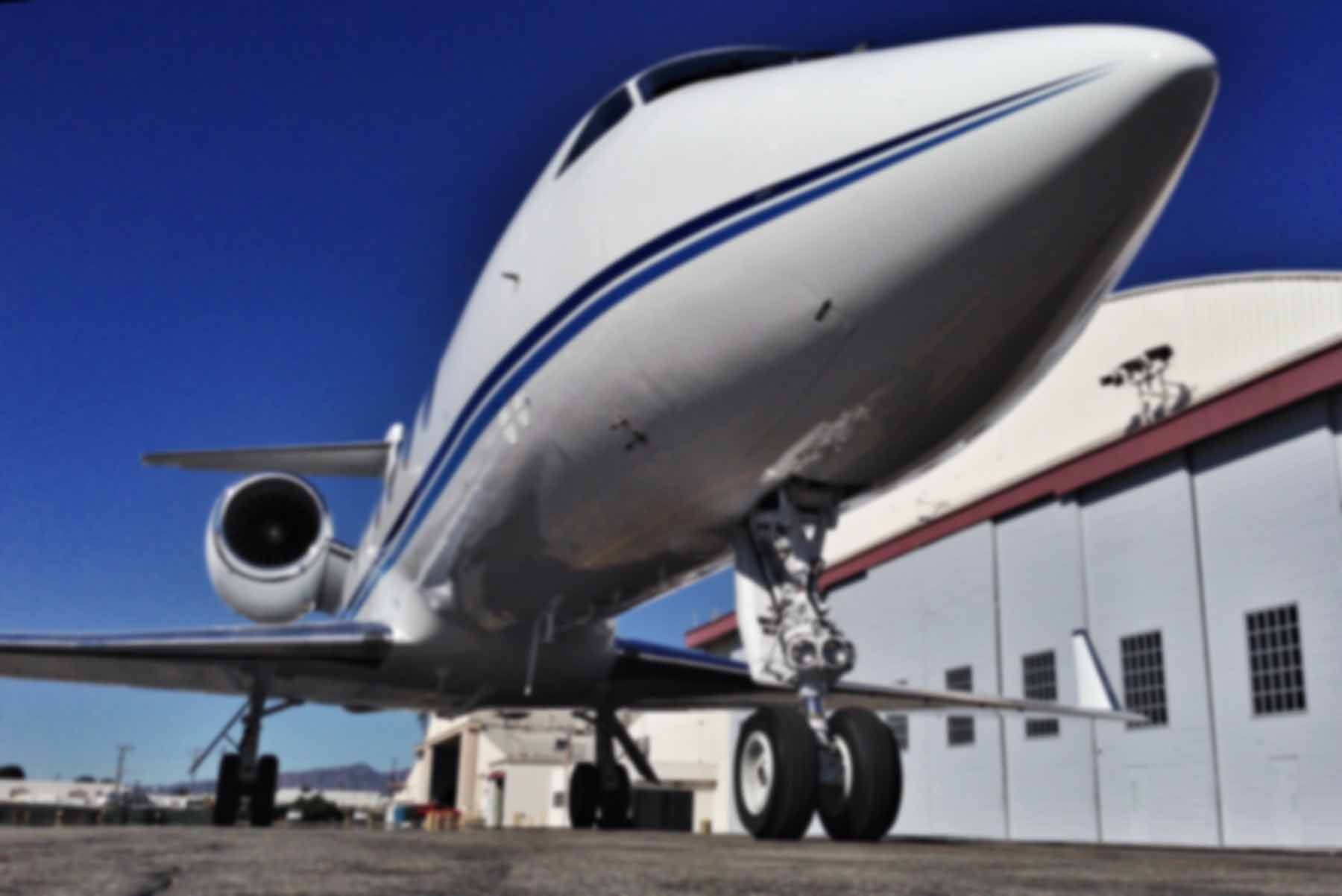 I received an email today from an aeronautical engineering instructor which reminded me that I promised a while back to post a very interesting helicopter video clip.
I received an email today from an aeronautical engineering instructor which reminded me that I promised a while back to post a very interesting helicopter video clip.
So here it is.
I found the clip on Fergworld, which also has a translation for the German narration you’ll hear on the video:
The rotortips absorb the turbulence with their flexibility. This recording was made, during flight, by a camera mounted to the leading edge of the rotorblade. At every turn you can see the tailrotor. If the flexible rotorblades wouldn’t absorb the the forces, they would be transmitted to drive mechanism and fuselage and the vibration would destroy the helicopter.
With all that bending, it’s no wonder the FAA has mandatory retirement times for the blades! If we conservatively assume that they flex five times per revolution and are turning at 2000 RPM, a 5000 hour lifespan would mean that they flex fifty million times.
Though I don’t have any hard evidence (yet) to back it up, I’d wager that if you were to attach a camera to a fixed-wing aircraft propeller or one of the fan blades in a turbine engine, you’d see some flexing in those parts as well.
Helicopters, however, are a particularly extreme case because the aircraft is moving through the air in the same plane as the rotor disk, so the advancing blade’s airspeed is very high while the retreating blade is moving through the air much more slowly. Helicopters have a ‘swash plate’ which constantly changes the angle at which each blade meet the oncoming air, and that movement is what causes the extreme flexing.
I’m not explaining it very well (a better description can be found here). But that’s okay, because I’m not a rotorcraft rated pilot.
Yet.

Whilst trying to watch the Rotor Blade in Flight clip I got the following message…..A fatal exception 0E has occurred at 404:0000C600 in VXD UMM(01) + 0000C600. The current page cannot be found.
Give me a shout when it’s solved,
Regards,
Paul
Yeah, it helps if I actually upload the file to the web server. 🙂
Slow motion helicopter blades. The swash plate does not do this to the blades. The swash plate causes the retreating blade to pitch up to increase lift, the advancing blade to pitch down to reduce life= effectively making each side equal lift. The flexing you see is just that……. blade flexing…… I am an aircraft/helicopter mechanic and a pilot.
And the RPM is a might high..try 324, not 2000 RPM for a UH1. And since the helo has a semi-rigid type of system, the blade flex is not absorbing turbulence. What is it doing is lead/lag, Coriolis affect and unequal lift between the advancing and retreating half of the disk. I think what Ron was referring to was cyclic feathering.
Jerry
The primary duty of the swashplate is to take a non-rotating movement and make it a rotating movement. And coriolis affect is what make the advancing half want to accelerate and the retreating half deccelerate.
Jerry